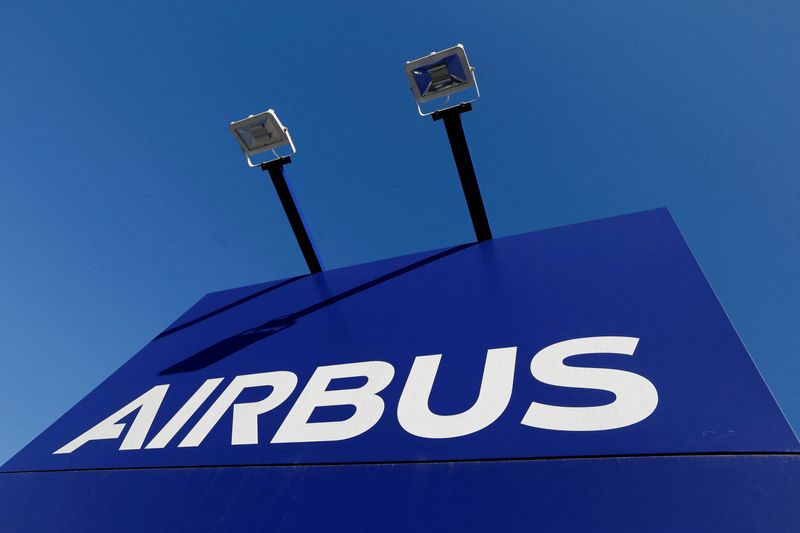By Joanna Plucinska and Tim Hepher
FILTON, England (Reuters) - Airbus is stepping up testing of radical new wing technology as the planemaker lays the foundation for a future successor to its best-selling A320 series, but faces a battle to bring down costs.
British Industry Minister Nusrat Ghani inaugurated a wing technology plant in southwest England on Tuesday to help design and build wings that are longer, lighter, more slender and feature folding wingtips to fly more sustainably.
"It's our programme to prepare technologies we are going to need for the next generation of Airbus aircraft, whatever that is," Sue Partridge, head of the company's Wing of Tomorrow programme, told reporters.
The opening comes as Boeing (NYSE:BA) researches an elongated, ultra-light concept called Transonic Truss-Braced Wings.
The choice of wing design and production methods by either manufacturer, together with engine developments, will shape aircraft competition well into the second half of the century.
Industry sources estimate Airbus is spending in the "high hundreds of millions" of dollars on Wing of Tomorrow.
Officially, the research could benefit any project, but all eyes are on a successor to the single-aisle A320, which Airbus has said could be introduced between 2035 and 2040.
"This is about getting technology ready for a future single- aisle product, so a high (production-)rate product," Partridge said of a set of demonstrator models.
"We need to develop composite technologies to get weight out of the wing, but they need to be at the right cost and the right production-rate capability".
Currently, the best-selling A320/321 and competing Boeing 737 are made of aluminium, but designers believe composites will allow future wings to be tapered in efficient new ways.
The main hurdle is that composite parts cost more to produce - a gap that is harder to recoup on the keenly priced A320 and 737 than on larger jets already made of composites.
Partridge said Airbus was in talks with at least three suppliers to lower costs and weave parts more efficiently.
FOLDING WINGS
Introducing carbon wings to single-aisle jets may also require a manufacturing revolution to keep up with production targets that are currently 10 times higher than for big jets.
Currently, aerospace composites are cured in pressurised ovens called autoclaves, which devour space and energy.
Partridge confirmed Airbus is studying whether to build wings without autoclaves.
So far only a new Russian jet has fully used that method for wings, but adapting it to Airbus or Boeing volumes would require significant investment and progress on costs, analysts say.
As wings get longer, testing at the historic Filton site - where part of the Anglo-French Concorde was developed - includes folding wingtips to fit parking gates, echoing Boeing's 777X.
"The physics tells us that to get a more fuel-efficient wing it needs to be longer and more slender. That means we need to increase the span of the wing," Partridge said.
Partridge declined to say when Airbus would choose between dozens of technologies it is testing but said it would be ready for any business decision on a new programme. Analysts say work on a 2035 model would have to be launched by 2027-28.
Asked if new technology could be used to upgrade existing models like the A321, Partridge said "yes, theoretically".

Industry sources say Airbus could tap part of the research if it moves ahead with a potential stretch of the smaller A220.
Airbus has not said what the plane, known internally as "A220 Stretch," would involve but sources say one scenario calls for new wings and engines for entry to service not before 2030.